


AI researchers in Switzerland have found a way to dramatically cut cement s carbon footprint by redesigning its recipe. Their system simulates thousands of ingredient combinations,...



Every query typed into a large language model (LLM), such as ChatGPT, requires energy and produces CO2 emissions. Emissions, however, depend on the model, the subject...
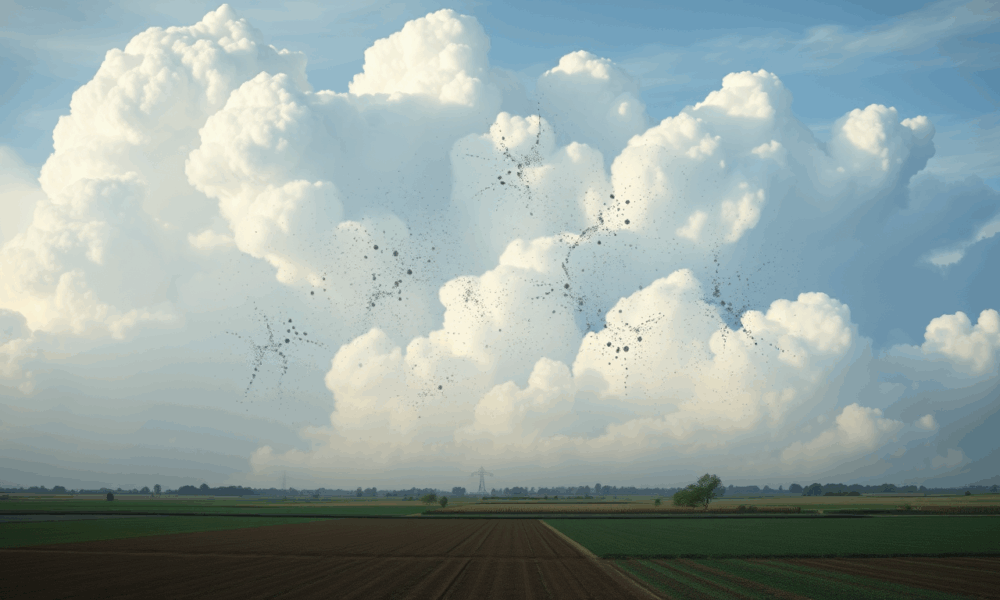
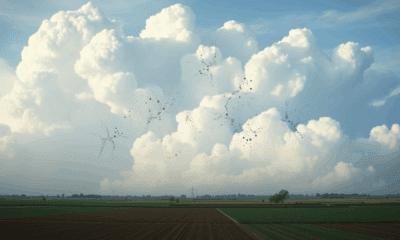

In a surprising twist during an air quality study in Oklahoma, researchers detected MCCPs an industrial pollutant never before measured in the Western Hemisphere's atmosphere. The...
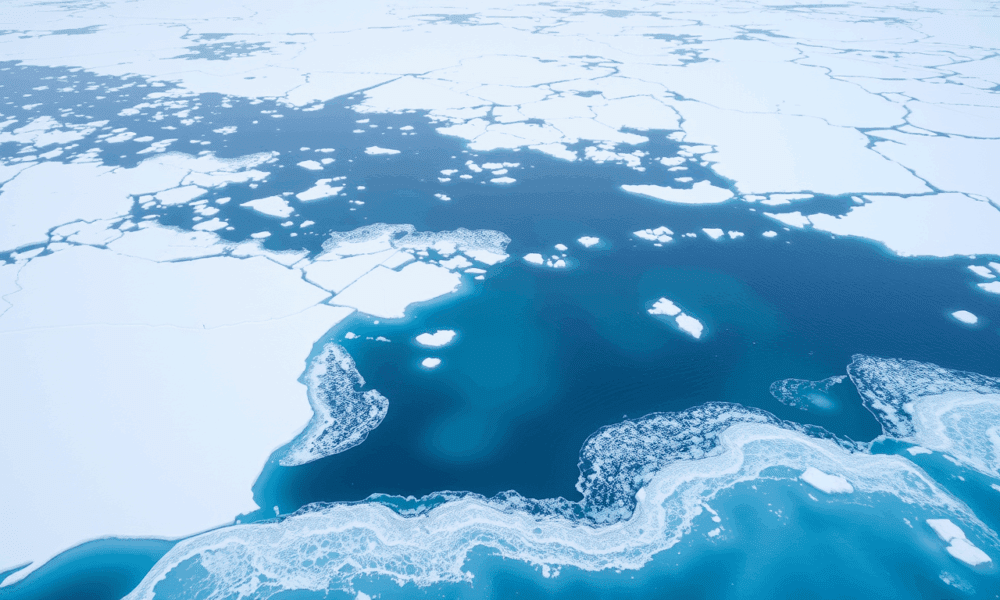


A breakthrough study has uncovered that the Southern Ocean's power to pull carbon dioxide from the atmosphere fluctuates dramatically depending on winter sea ice. When sea...



A University of Queensland-led project has developed a tool to standardise genetic testing of koala populations, providing a significant boost to conservation and recovery efforts.
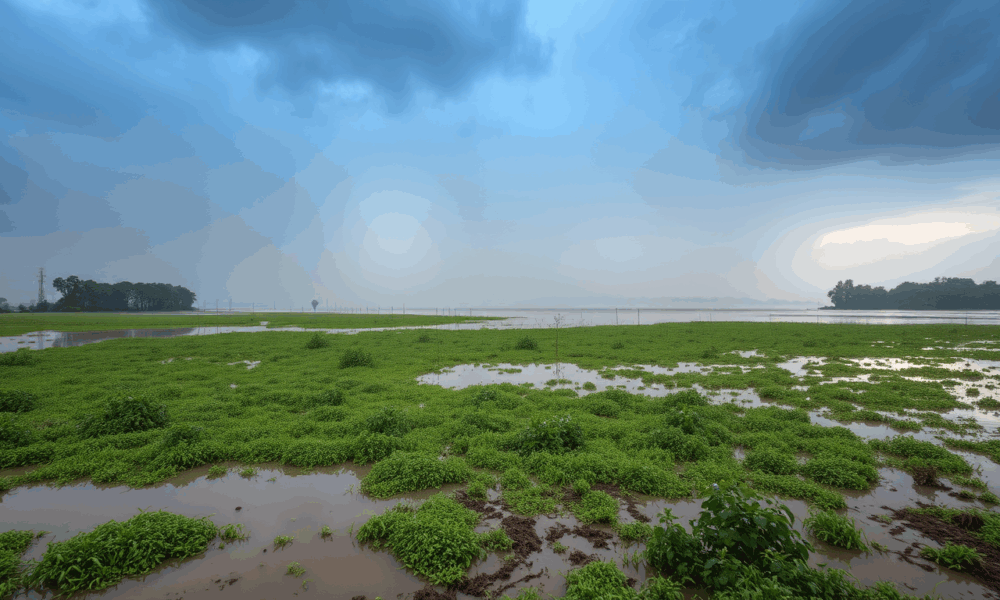
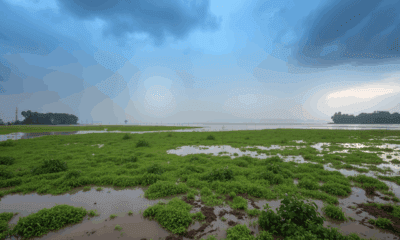

Atmospheric rivers, while vital for replenishing water on the U.S. West Coast, are also the leading cause of floods though storm size alone doesn t dictate...
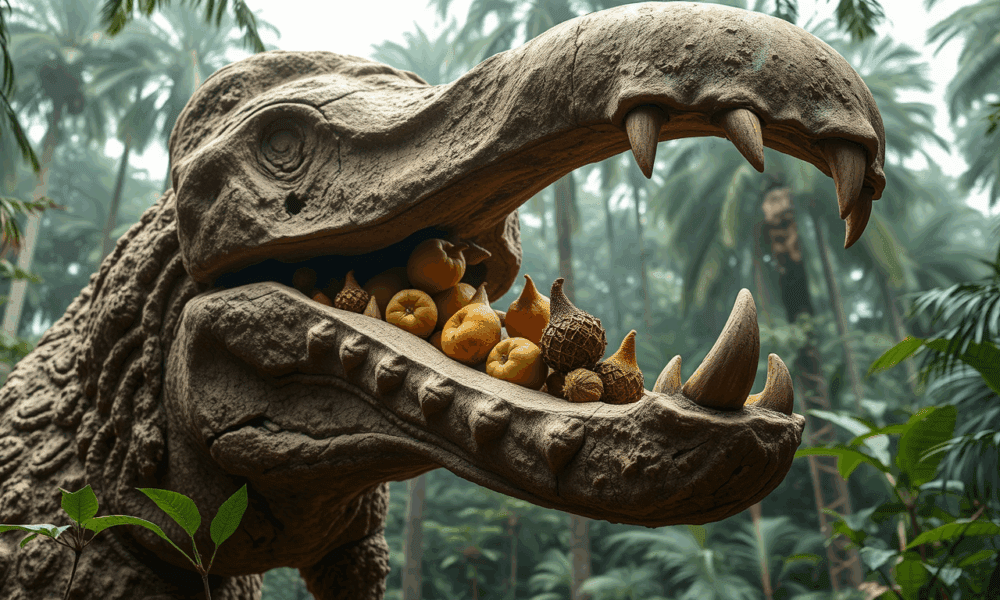


Ten thousand years after mastodons disappeared, scientists have unearthed powerful fossil evidence proving these elephant cousins were vital seed spreaders for large-fruited trees in South America....
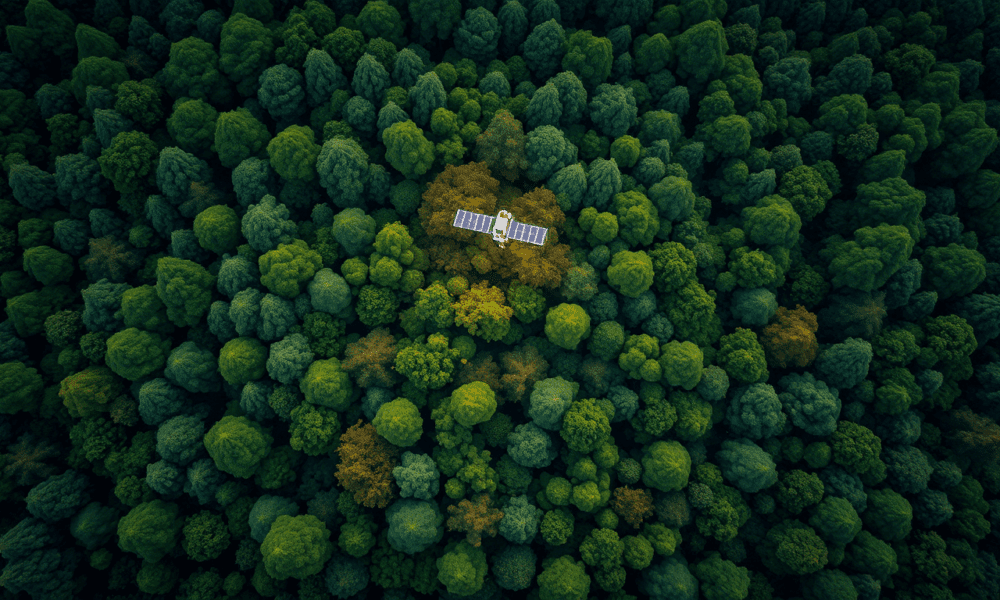
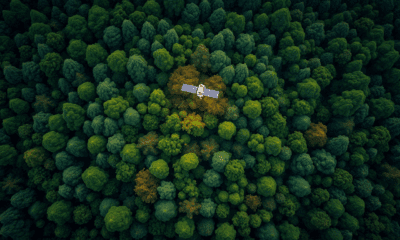

A pioneering study reveals how archaeologists' satellite tools can be repurposed to tackle climate change. By using AI and satellite LiDAR imagery from NASA and ESA,...



UC San Diego engineers have created a passive evaporative cooling membrane that could dramatically slash energy use in data centers. As demand for AI and cloud...
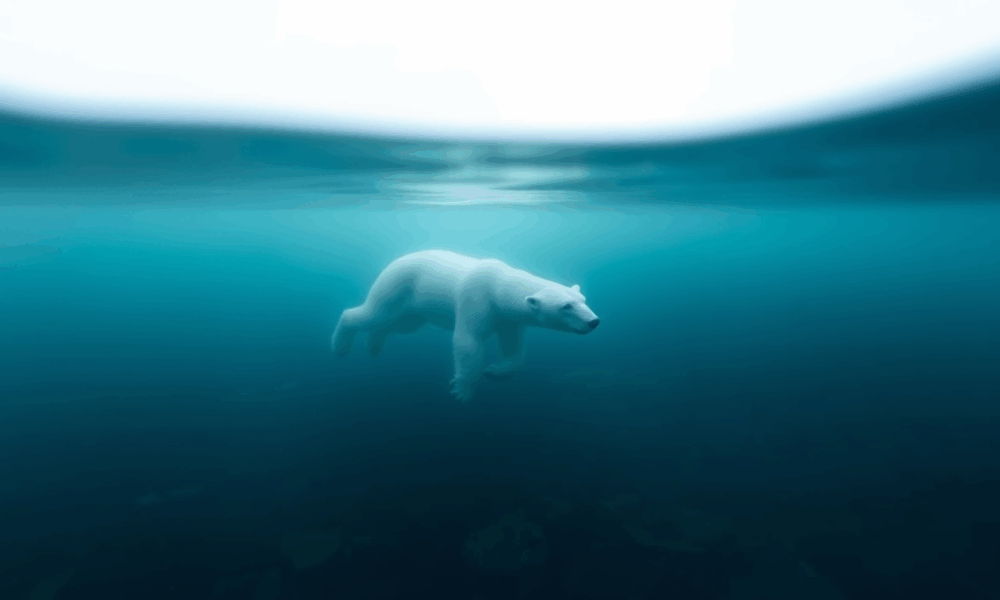
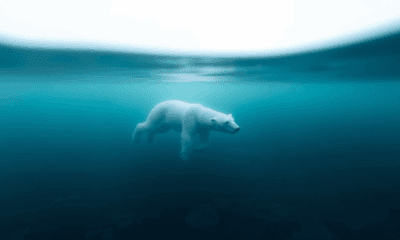

Despite falling global mercury emissions, mercury levels in Arctic wildlife continue to rise. A new study reveals that ocean currents are delivering legacy mercury pollution from...